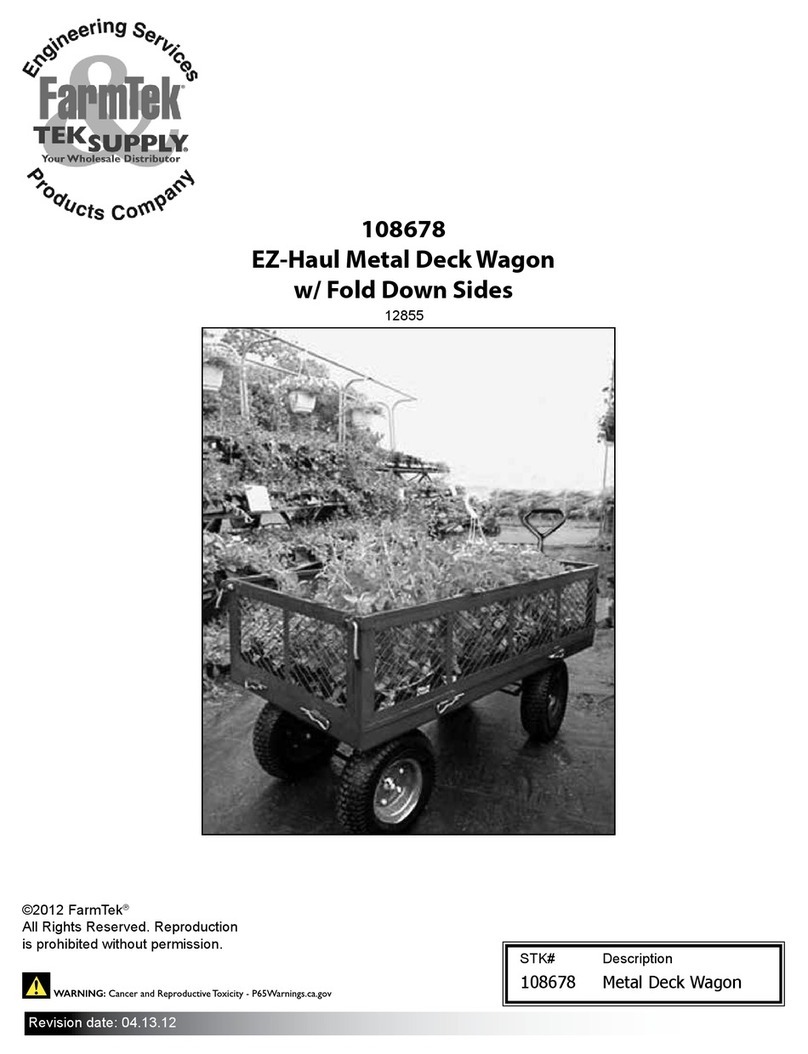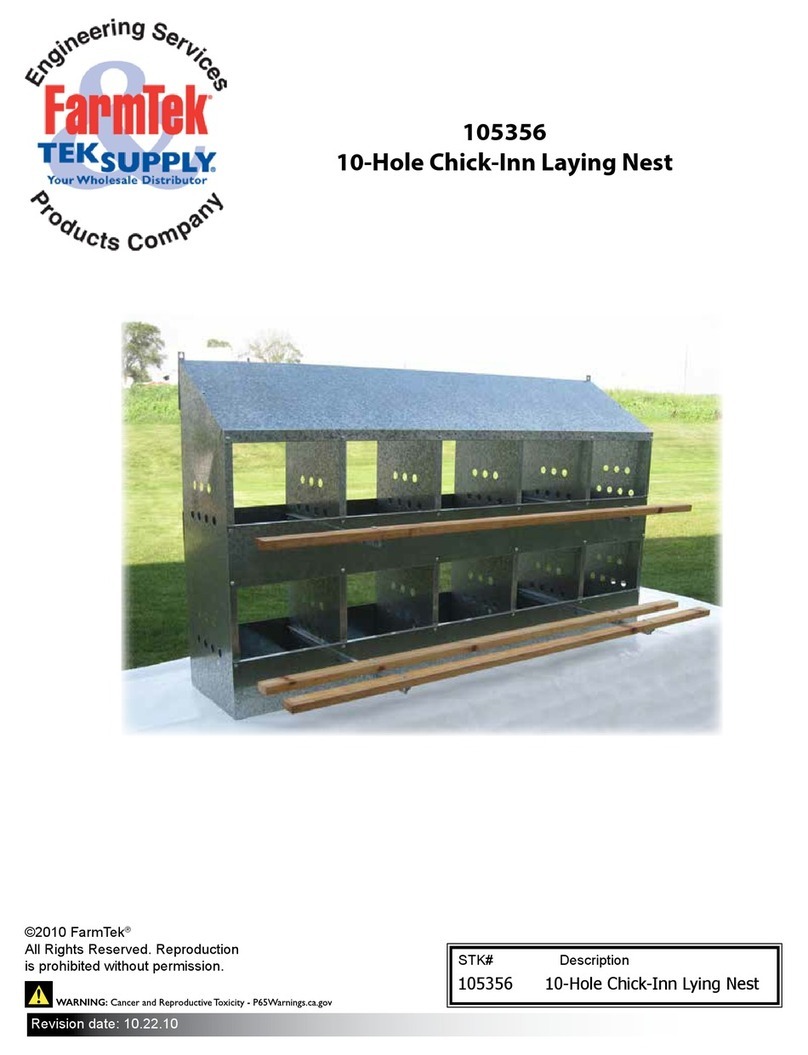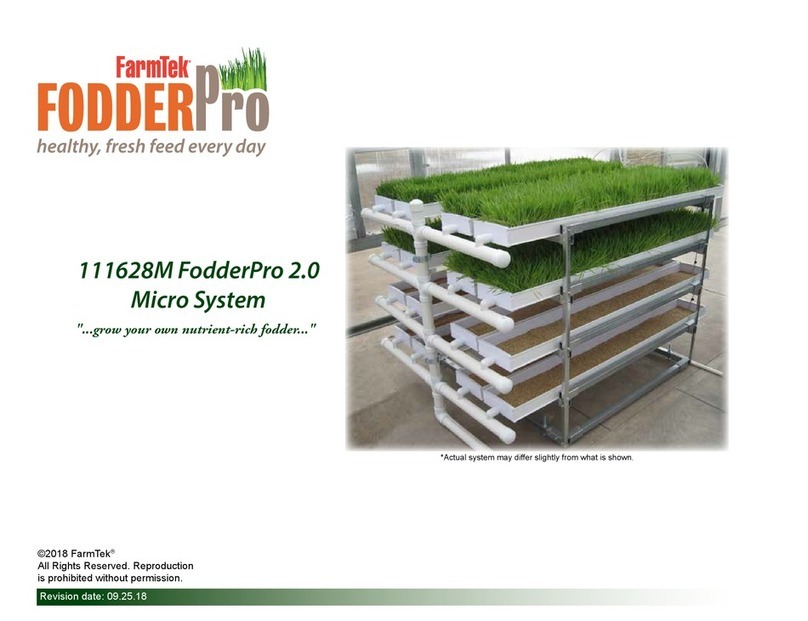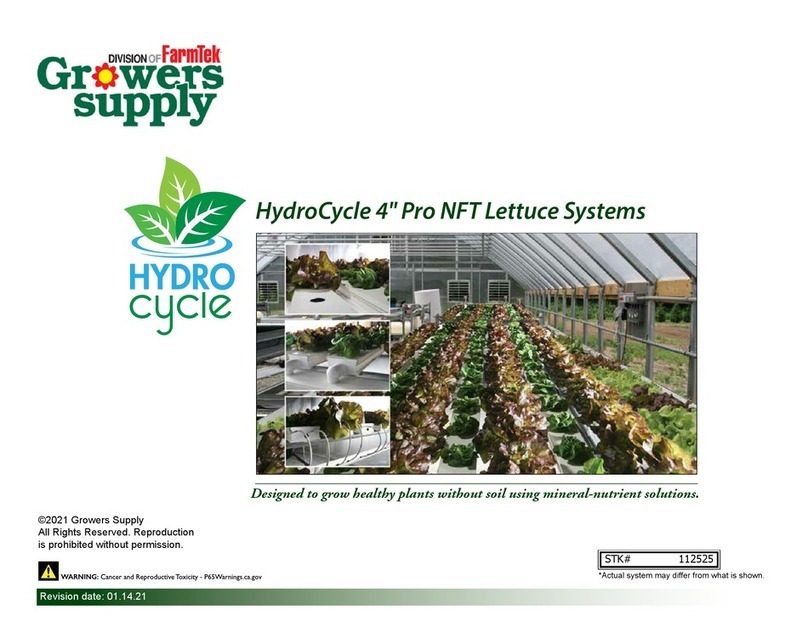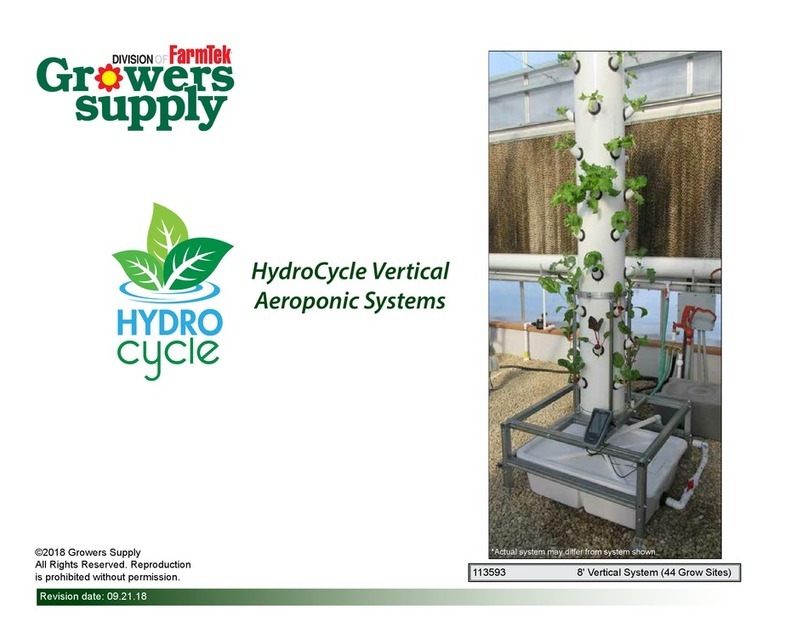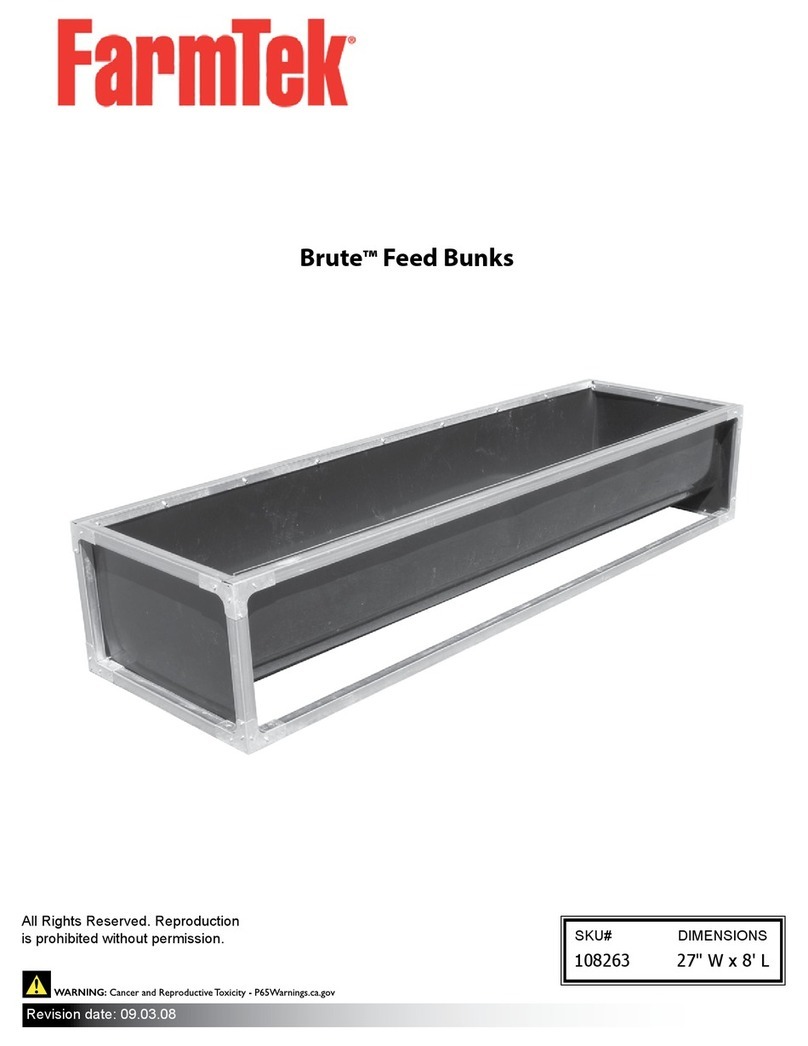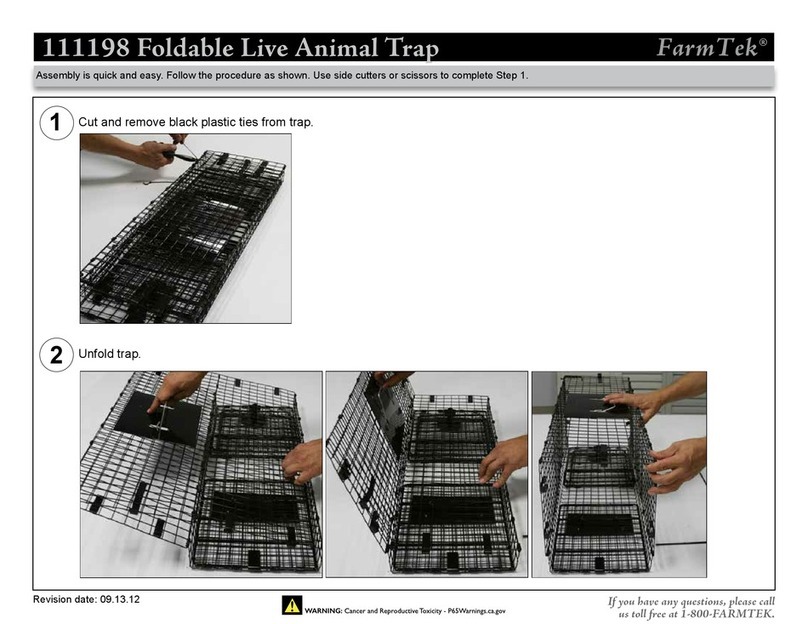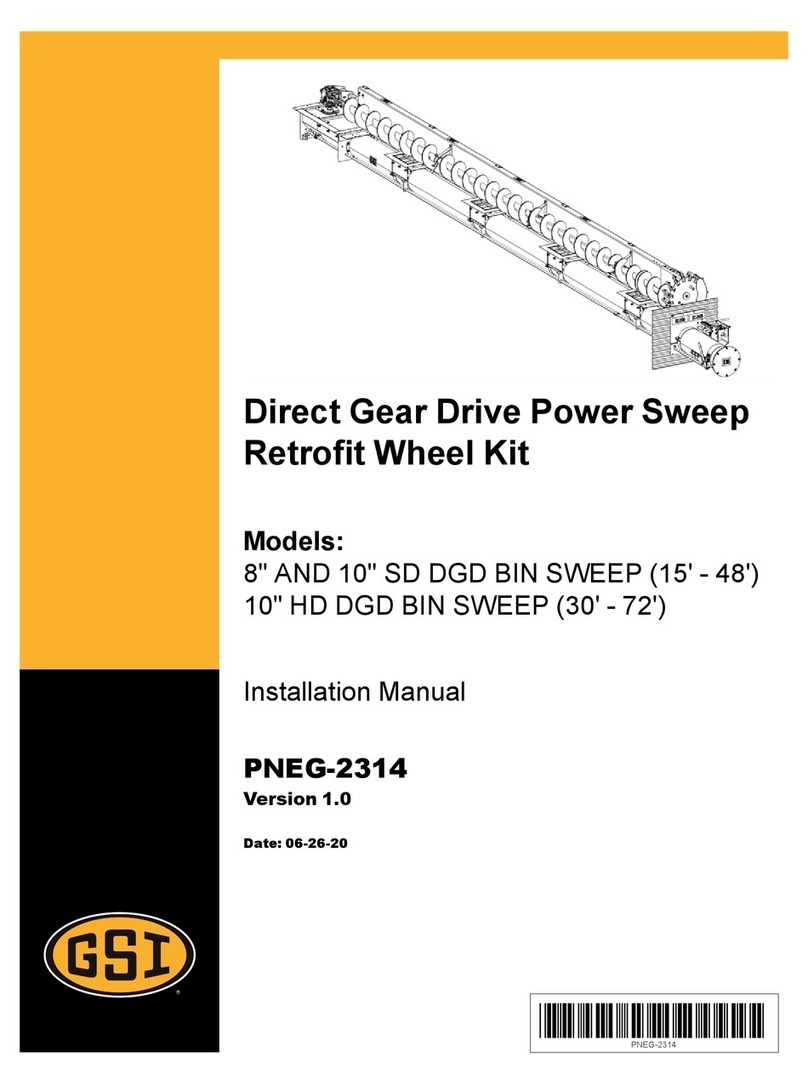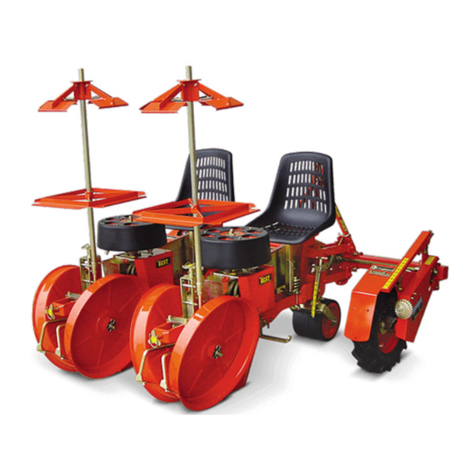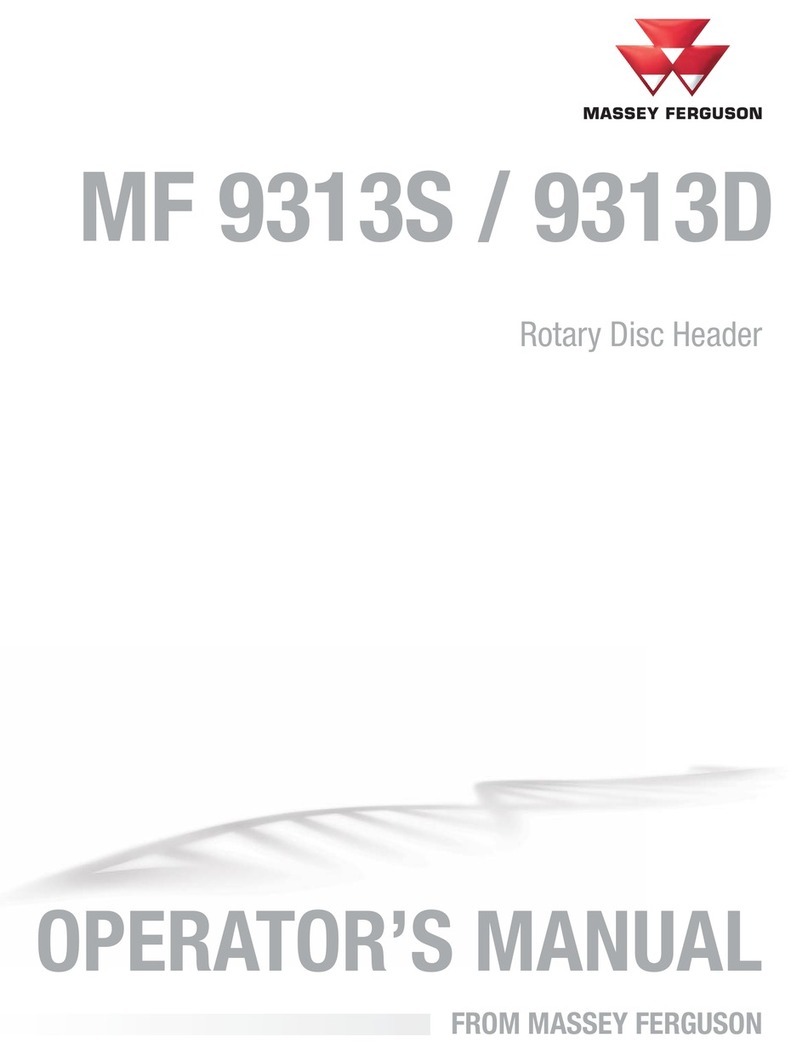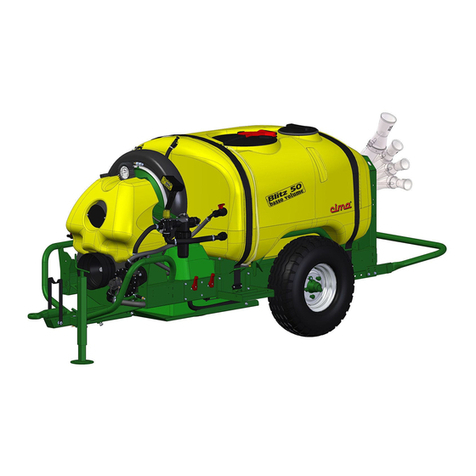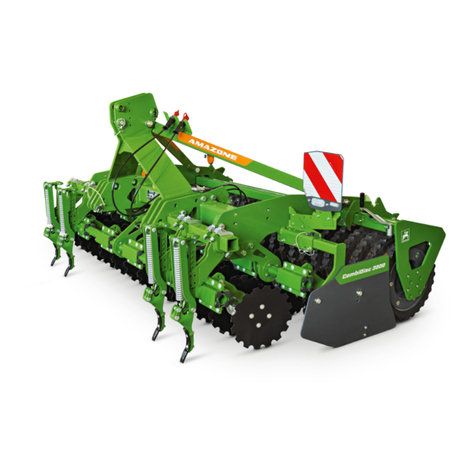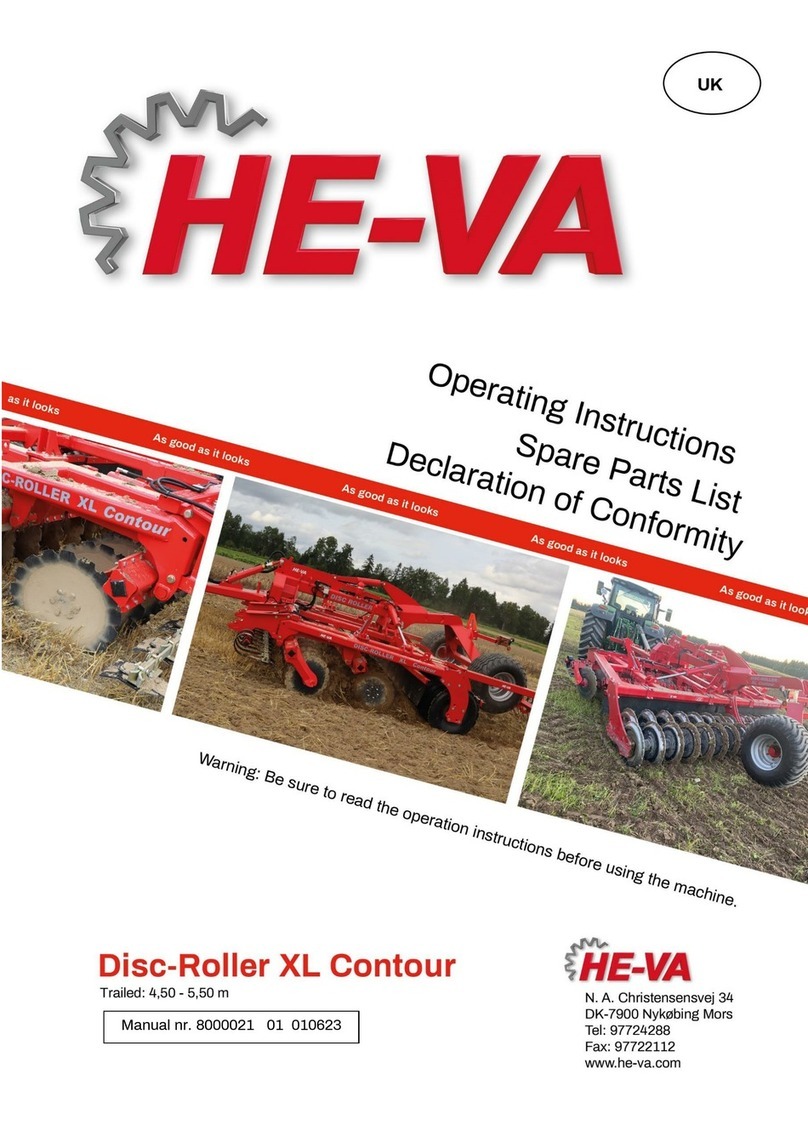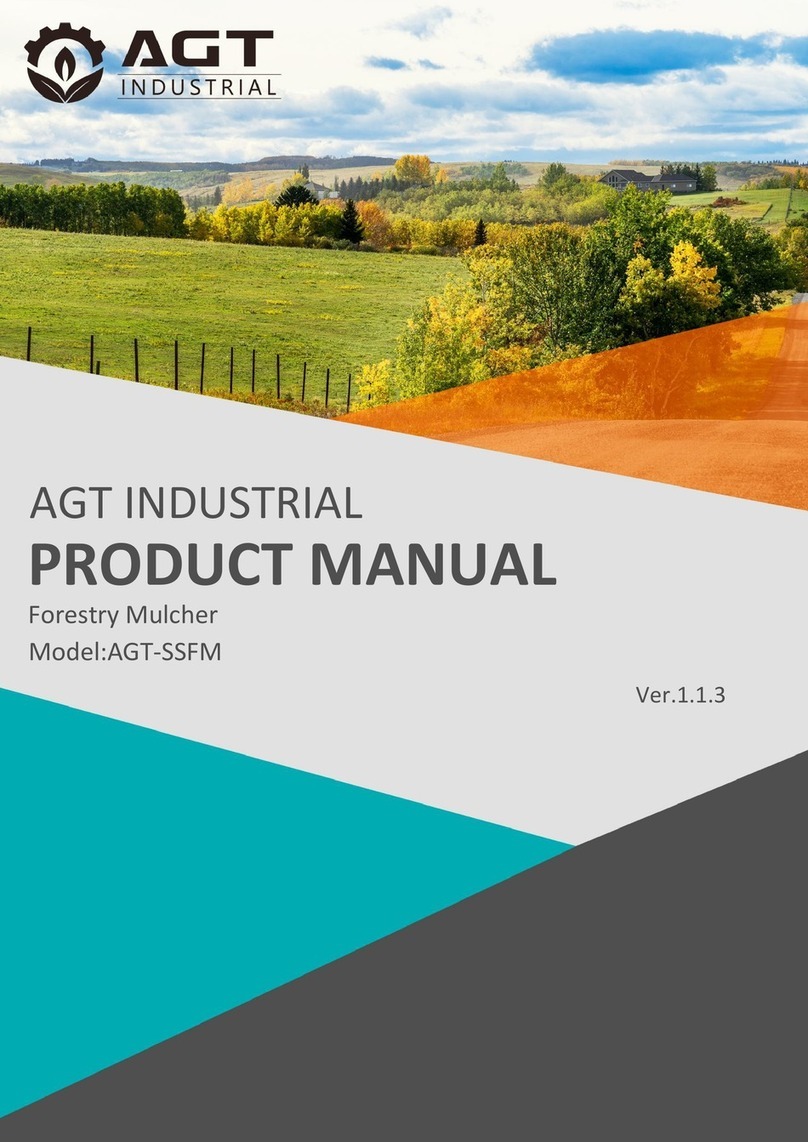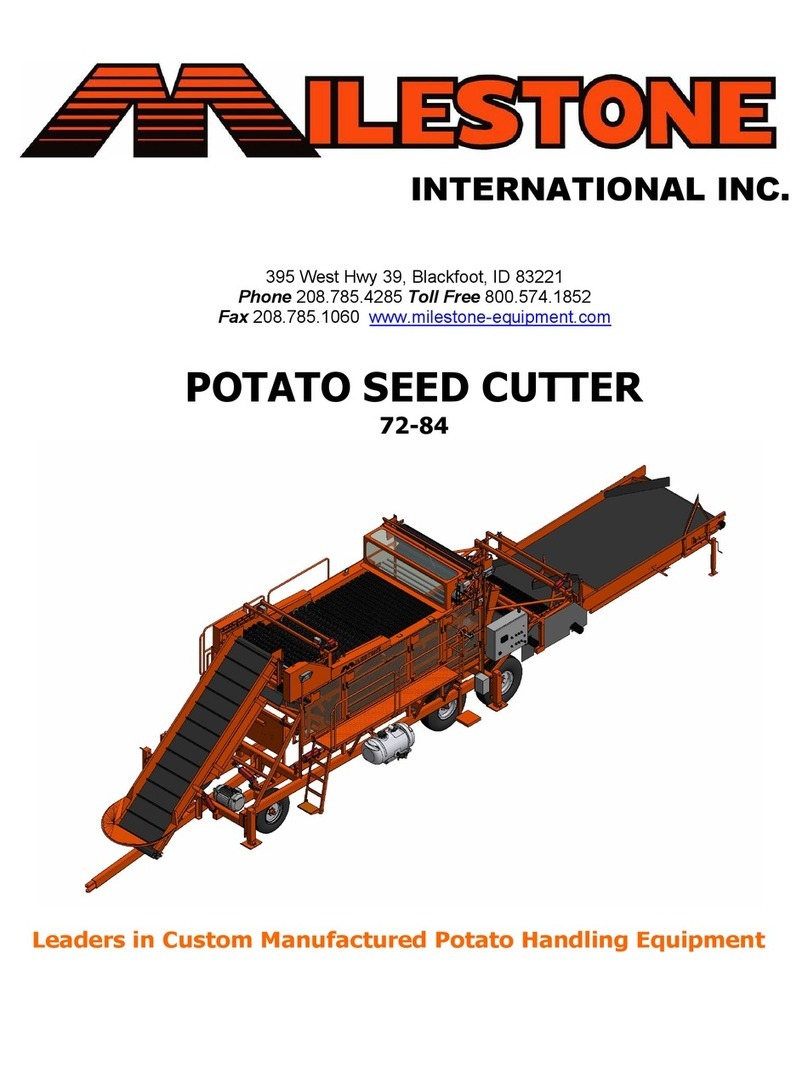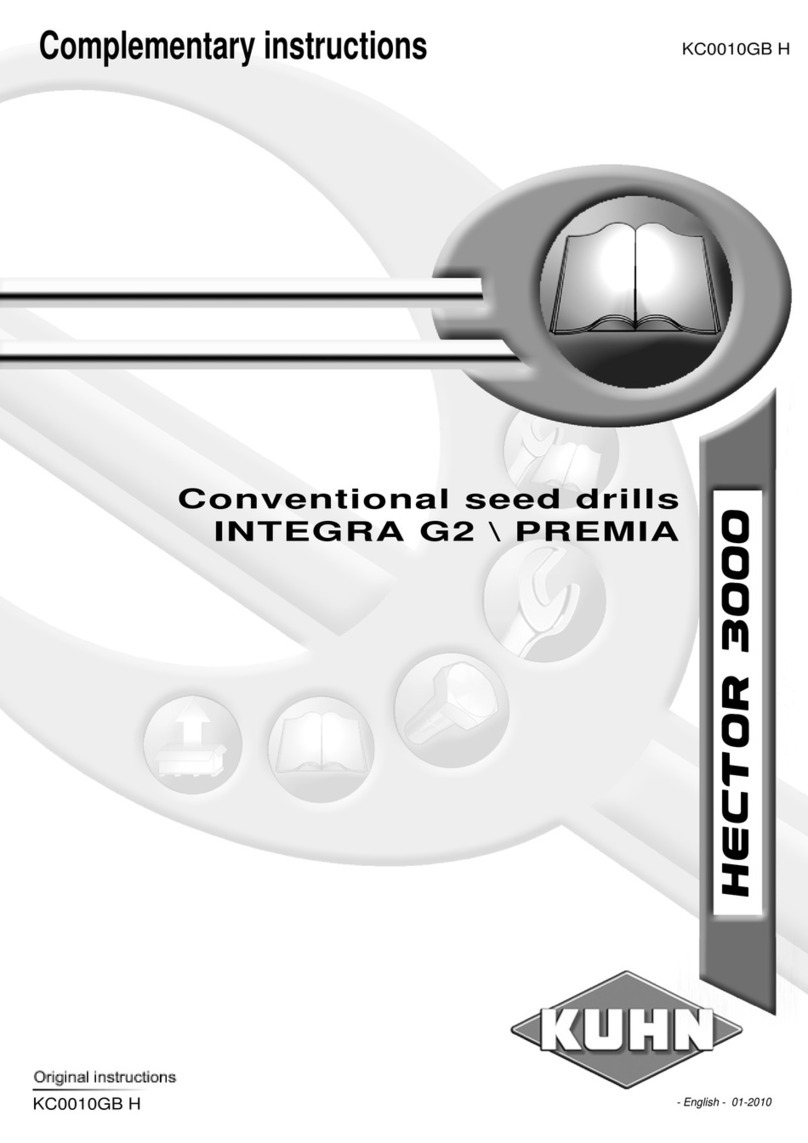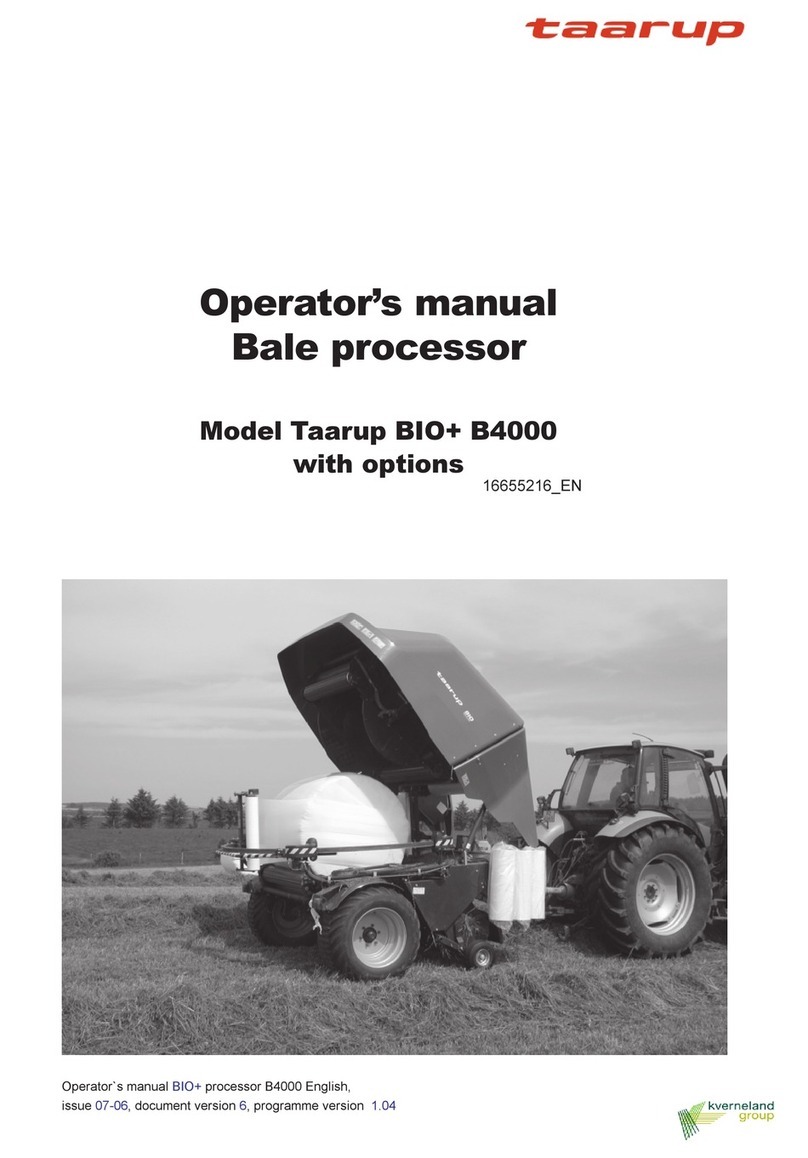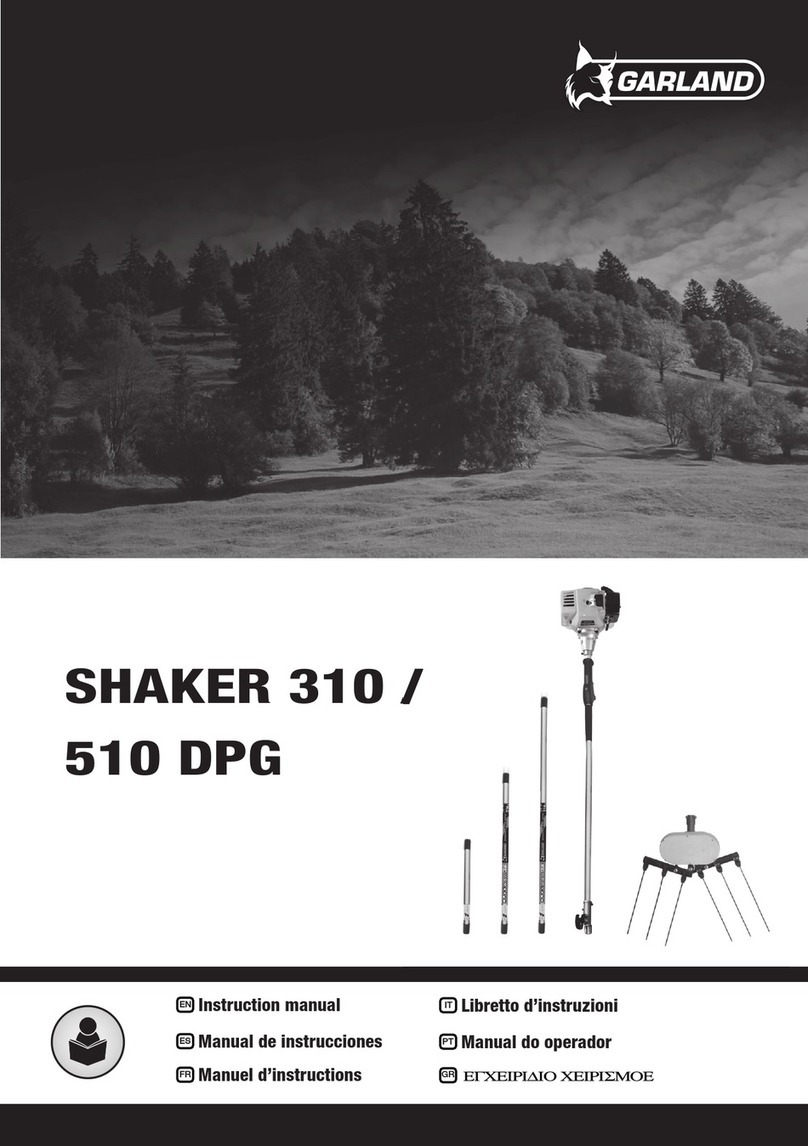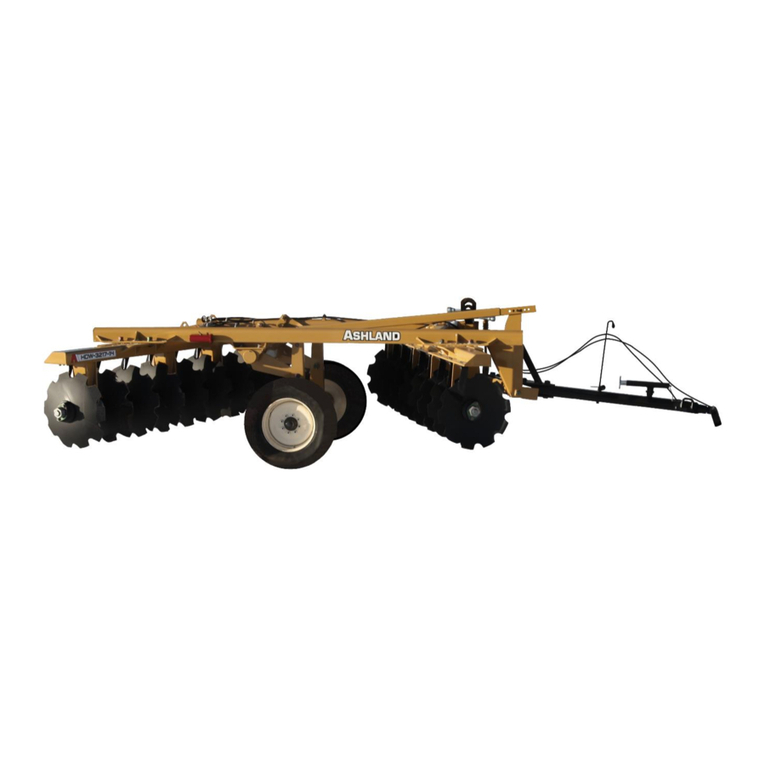
2112534 Revision date: 05.13.20
TOOLS
The following list identifies the tools needed to
assemble the Dutch bucket system described
within this guide. Additional tools may be needed
depending on the application.
• Tape measure and gloves.
• Marker to mark locations on PVC tubing and
frame.
• Variable speed drill (cordless with extra batteries
works best).
• 5/16" drill bit
• 1", 1-3/8", and 2-1/4" hole saws
READ THIS DOCUMENT BEFORE YOU BEGIN TO ASSEMBLE YOUR 112534 DUTCH BUCKET SYSTEM.
This guide provides helpful hints and important information needed to safely assemble and properly maintain the 112534 PolyMax H2-24 Dutch Bucket System.
Read and understand this guide before you begin.
Important Information
SAMPLE ASSEMBLY PROCEDURE
The steps outlining the sample table system assembly
process are as follows:
1. Verify that all parts are included in the shipment.
Notify customer service for questions or concerns.
2. Read these instructions and all additional
documentation included with the shipment before
you begin.
3. Gather the tools and assistants needed to
assemble the product.
BASIC CARE AND MAINTENANCE
Proper care and maintenance of your system
is important. Check the following items
periodically to properly maintain your Dutch
bucket system.
• Check connections to verify that they
remain tight.
• Verify that the pump is working properly.
• Check and clean all filters to optimize
performance.
• Clean the reservoir periodically to prevent
unwanted contamination of solution.
• Monitor temperatures (room and solution)
to maximize plant growth.
SAFETY PRECAUTIONS
• Apply PVC primer and cement in a well-ventilated
area. Follow all instructions on containers.
• Use a portable GFCI (Ground Fault Circuit
Interrupter) when working with electric power tools
and cords. Use battery-powered tools if possible.
• Exercise caution when using all tools.
• Wear gloves and eye protection when drilling and
cutting.
UNPACK AND IDENTIFY PARTS
The following steps will ensure that you have all the
necessary parts before you begin assembly.
1. Unpack the contents of the shipment and place
where you can easily inventory the parts. Refer
to the Bill of Materials/Spec Sheets.
2. Verify that all parts listed on the Bill of Materials/
Spec Sheets are present. If anything is missing
or you have questions, contact Customer
Service.
WARNING: KEEP ALL ELECTRICAL
CORDS AND CONNECTIONS OUT OF THE
RESERVOIR. CONSULT THE SERVICES
OF A QUALIFIED ELECTRICIAN TO
ADEQUATELY AND SAFELY CONNECT THE
PUMP TO A POWER SUPPLY.
ALL ELECTRICAL CIRCUITS SHALL BE
DESIGNED IN ACCORDANCE WITH LOCAL
AND REGIONAL BUILDING CODES AND
STANDARDS.
ATTENTION: Install fittings so they are fully
inserted into the 3/4" tubing. Use a hair dryer
to gently heat the tubing for easier installation.
Do not overheat! Tube will melt!
Use pliers to gently squeeze ratchet clamps
around tubing.
Warm tube with a
hair dryer for easier
assembly. Do not
overheat!
